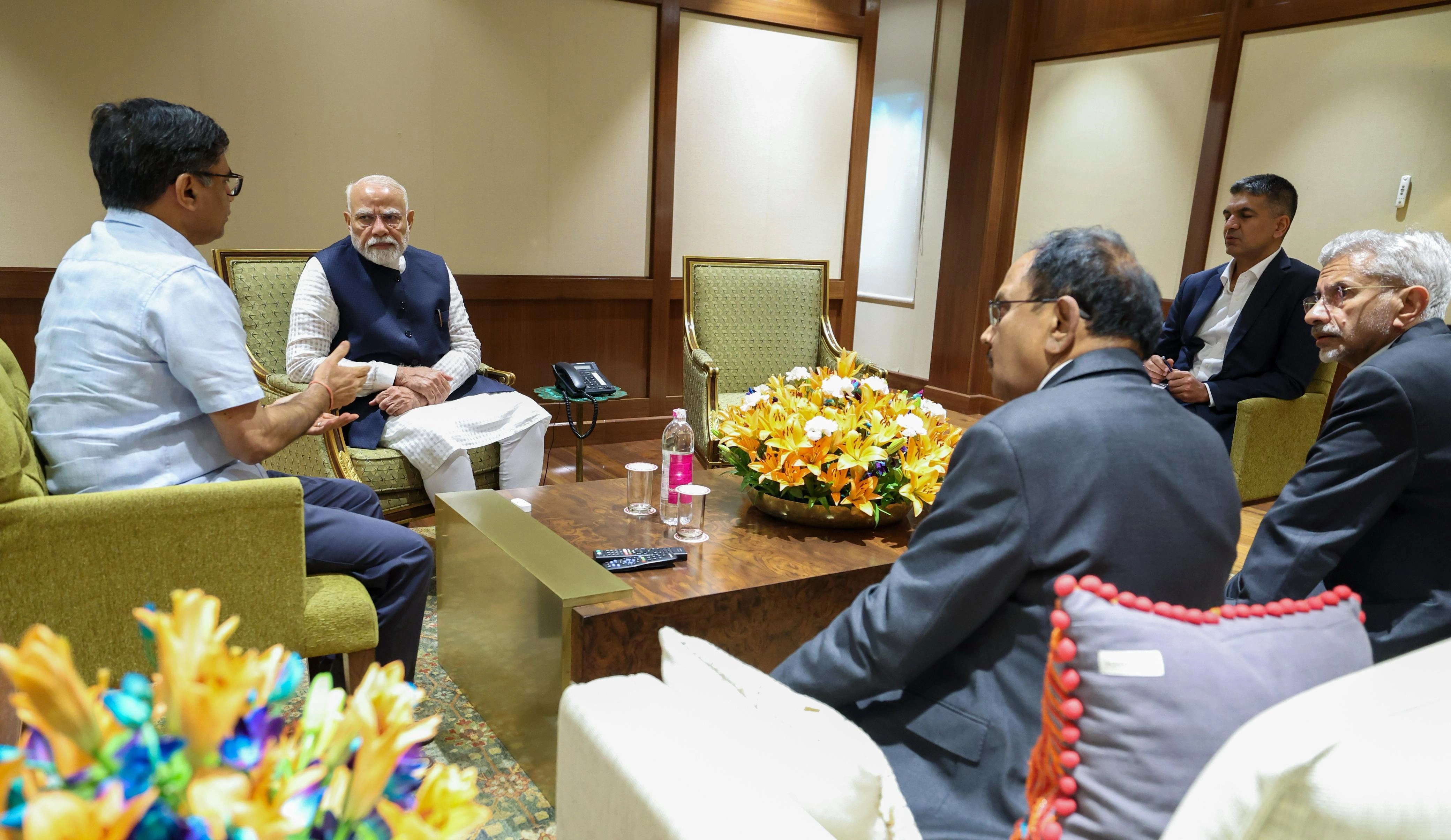In a significant development, India has successfully demonstrated the potential of satellite-based internet connectivity while conducting relief operations following the recent earthquake in Myanmar. This initiative showcases India’s commitment to using advanced technology for humanitarian assistance and disaster response. The earthquake, which struck Myanmar, necessitated a swift and efficient response to ensure the safety and well-being of those affected. By leveraging satellite technology, Indian authorities were able to establish reliable communication channels in the wake of the disaster, which is often a critical challenge in such scenarios.
The deployment of satellite-based internet services allowed for real-time data transmission and communication among rescue teams and coordination centers. This capability is particularly crucial in disaster-stricken areas where traditional communication infrastructure may be damaged or non-functional. The use of satellites not only facilitated the gathering of vital information about the earthquake’s impact but also enabled timely dissemination of assistance to the affected populations. This innovative approach underscores the growing importance of satellite technology in modern disaster management strategies.
India’s involvement in Myanmar’s relief efforts also highlights its role as a regional leader in providing aid and support during crises. By utilizing satellite communication, India demonstrated its technological prowess and readiness to assist neighboring countries in times of need. This move is expected to strengthen diplomatic ties between India and Myanmar, fostering a sense of solidarity and mutual support in the face of natural disasters. Furthermore, it sets a precedent for future collaborations in disaster response efforts across the region.
The success of these operations could pave the way for broader applications of satellite technology in various sectors, ranging from agriculture to emergency services. As nations increasingly face the challenges posed by climate change and natural disasters, the ability to communicate effectively and coordinate responses becomes paramount. India’s experience in leveraging satellite-based internet during the Myanmar earthquake offers valuable insights into the potential for technology to mitigate the impacts of such events and enhance overall resilience. As countries explore innovative solutions for disaster management, the integration of satellite technology may well become a standard practice in ensuring prompt and effective humanitarian responses.




